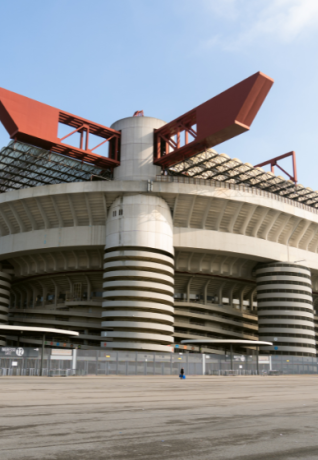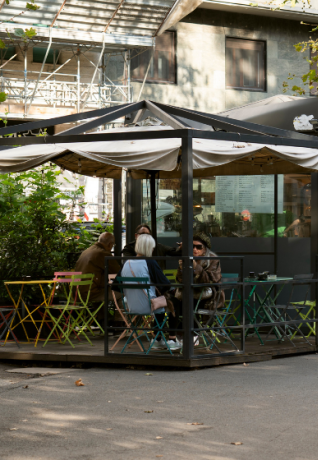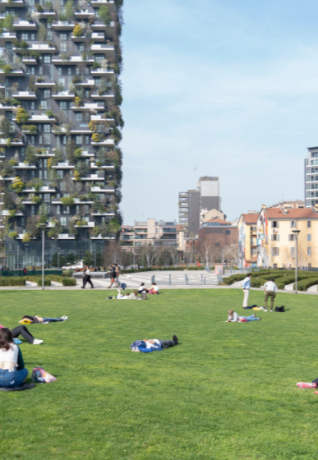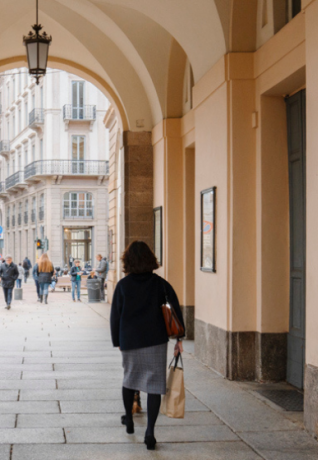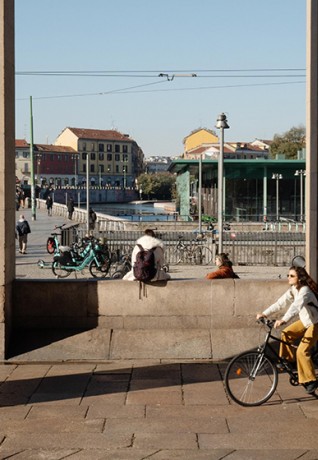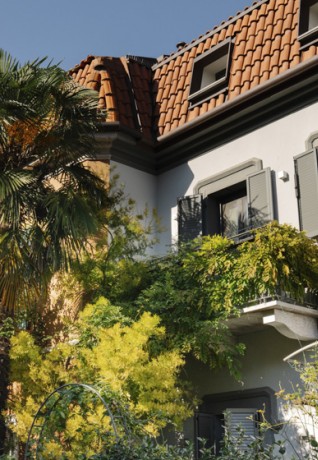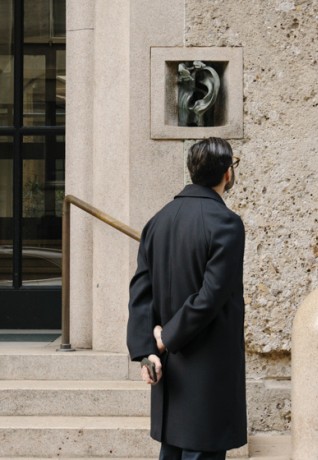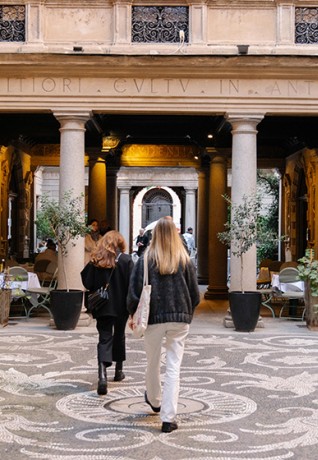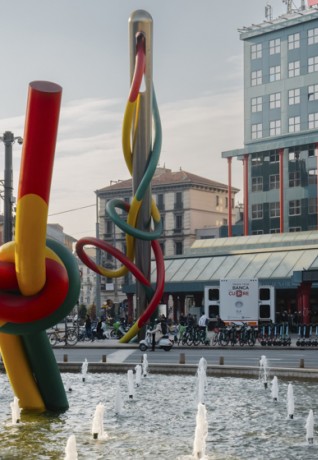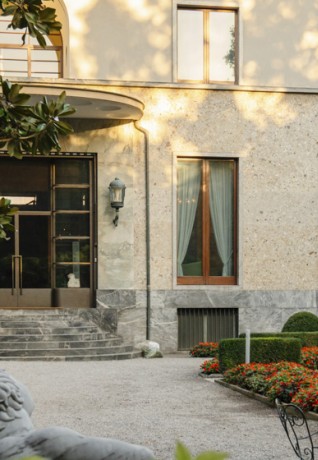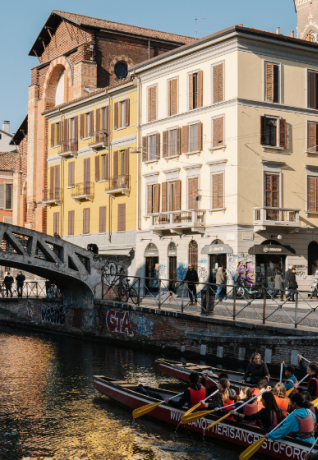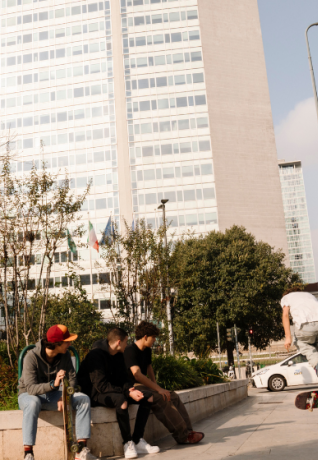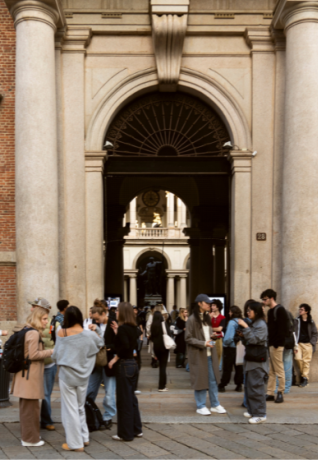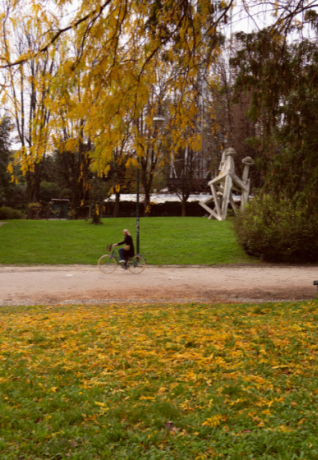Journey of a metropolitan Icon
Discovering Milano with Valentina
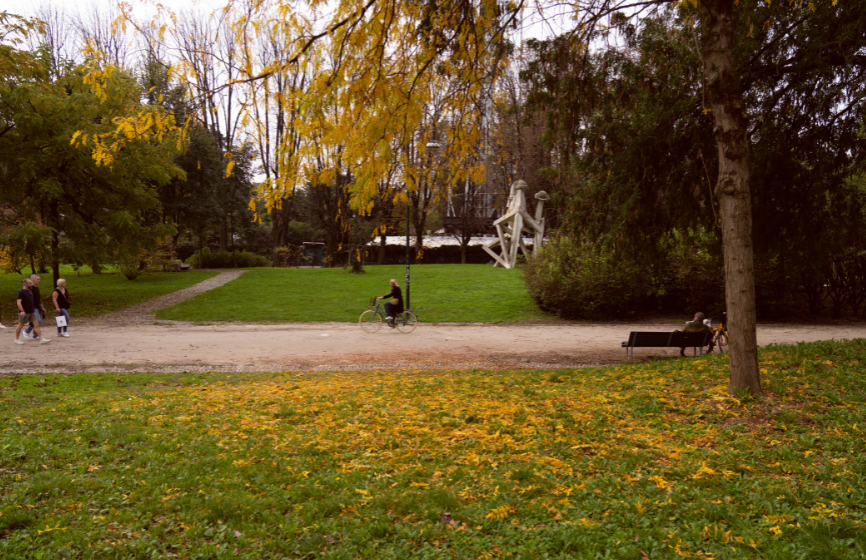
- Lima: shopping, art and (good) taste
- Porta Venezia: the chic side of the city centre
- Palestro: the home of the bourgeoisie
- San Babila: always fashionable, just like Valentina
- Duomo: the heart of the city
- Cordusio: shopping and L.O.V.E. by Cattelan
- Cairoli: style, art and appeal
- Cadorna: always on the move
- Wagner: retro, people-friendly charm
- -
Guido Crepax was one of the most important authors for European erotic comics in the ‘60s - in particular thanks to the iconic character of the beautiful and elegant Valentina (and her sophisticated, psychedelic image). And it’s the comic “Valentina nel metrò” that inspired this itinerary, following the train stops in the story.
From Lima to Wagner, Valentina comes face to face with a dreamlike world with comic book characters like Dr. Doom, Mandrake, Corto Maltese, Dracula and Diabolik - on a visionary journey taking in a number of the stops,
Valentina’s journey, like our itinerary, begins at Lima, most famous for Corso Buenos Aires, one of Milano’s most important shopping streets, as well as for the Elfo Puccini Theatre, the church of San Gregorio, and the characteristic “Made in Milano” flavour of the renowned pizza that was first made in this area.
Next stop, Porta Venezia: our city centre, brimming with elegant neo-classical palazzos and world-famous shops, important museums and renowned art galleries. And when you want to take a breather, you can always head for the Indro Montanelli public gardens (where exhibitions were once held), replete with monuments and historic buildings.
The next station is Palestro. Formerly inhabited by Milano’s bourgeoisie (in Crepax’s time), it’s a district adorned with sumptuous palazzos, majestic buildings and Art Nouveau villas, as well as churches and museums like the Natural History Museum, the Padiglione d’Arte Contemporanea, and the Fondazione Artistica Luigi Rovati... a distinctive area just waiting to be explored and experienced to the full.
Cool and on trend 24/7, San Babila is one of Milano’s most iconic fashion and design districts - a place that has seen many youth subcultures take root and grow (Paninari and Yuppies, for example) around its unmistakeable fountain. An essential stop for anyone interested in all aspects of creativity and fashion, just like our Valentina.
Unquestionably the most iconic symbol of Milano - in the world-famous Duomo area you’ll find not only the cathedral of the same name, the Galleria and Corso Vittorio Emanuele II or the popular Via Torino, but also -in particular- a maze of intriguing little side streets that attract tourists from around the globe every year, making the Duomo the city’s quintessential district.
Our itinerary now calls at Cordusio, in the area that was once the heart of Milano’s finance district (until 2010). Now, thanks to the many shops and bars, the area has become a wonderful place for socialising and shopping, with one of its most distinctive sights being the famous metaphorical sculpture of Cattelan’s finger in front of the Stock Exchange building.
As artistic and creative as Crepax’s icon still is, it is now Cairoli’s turn. A chic area whose main feature is the famous Castello Sforzesco and the old Biblioteca d’Arte, as well as various art galleries - with a mood that is a perfect balance of ancient and modern - to literally satisfy any taste.
A place that never stops, Cadorna is both one of Milano’s most important squares and a crucial hub for locals and tourists alike (in the north of the city). A characteristic feature of the station is the “Needle, Thread and Knot” sculpture, as well as the nearby basilicas and the famous Sempione Park, an essential stop to recharge your batteries before setting off on your itinerary again.
Last stop: Wagner. A distinctive area with a ‘30s-’40s feel - side by side with more modern, perfectly integrated buildings - a typically Milanese people-friendly district: 94% of residents say they like living there, due in no small part to the trendy bars, the nearby shopping area of Corso Vercelli, Via Marghera and Via Belfiore, and the Teatro Nazionale.
Initiative created thanks to the resources of the Development and Cohesion Plan of the Italian Ministry of Tourism "Piano di Sviluppo e Coesione del Ministero del Turismo"

 Log in
Log in


